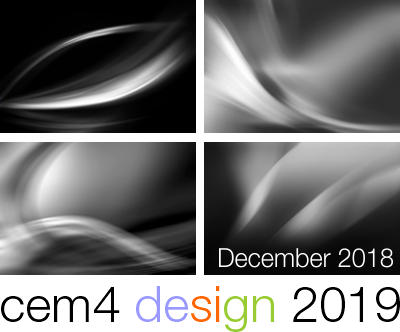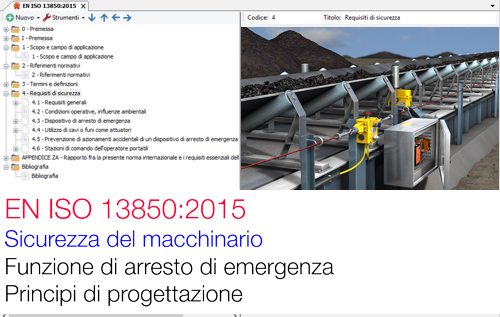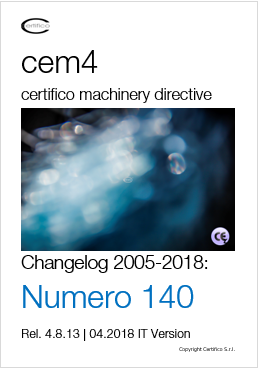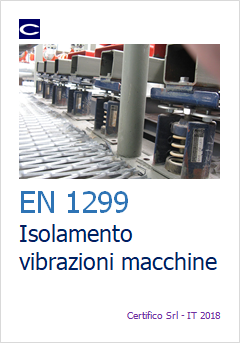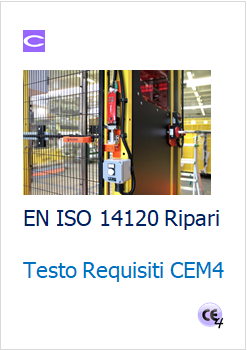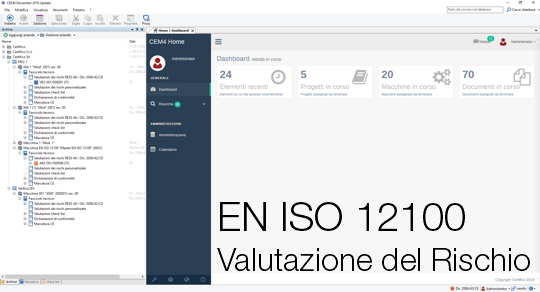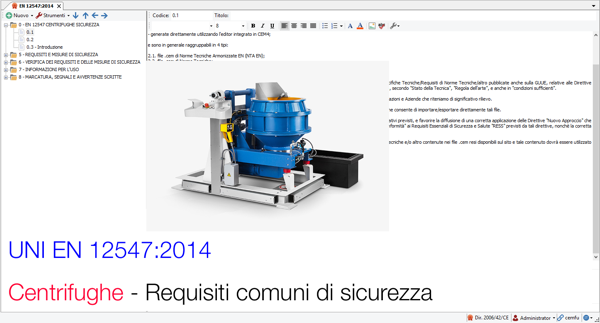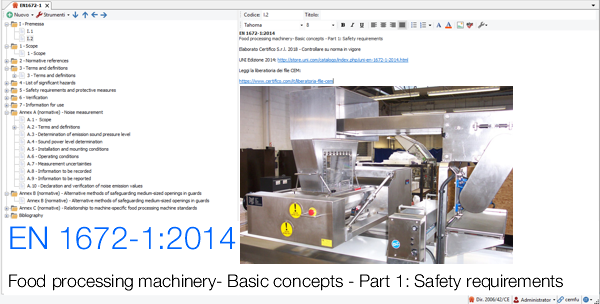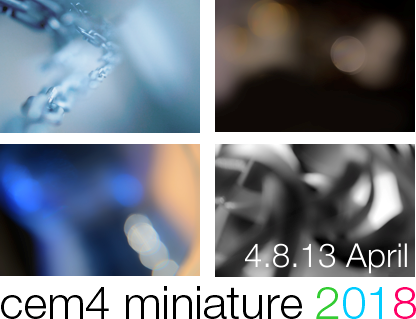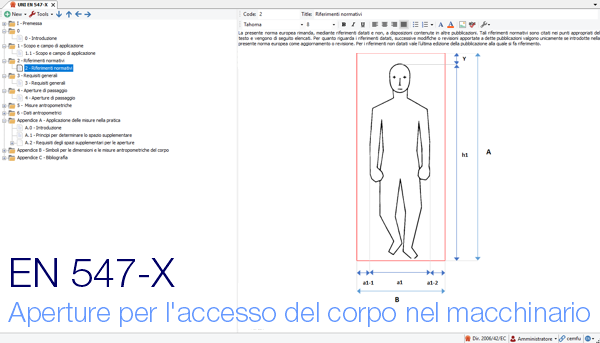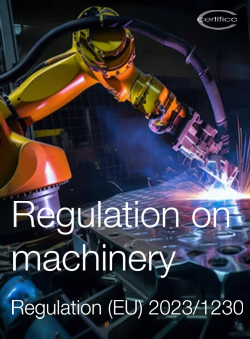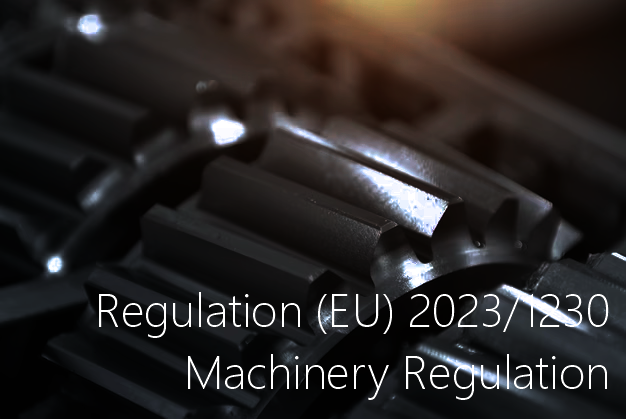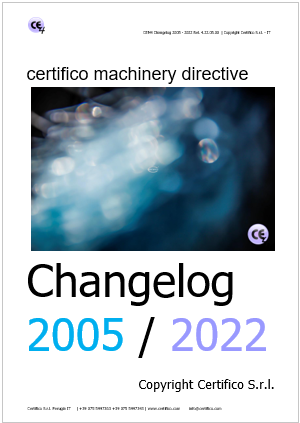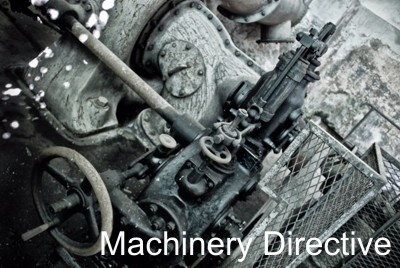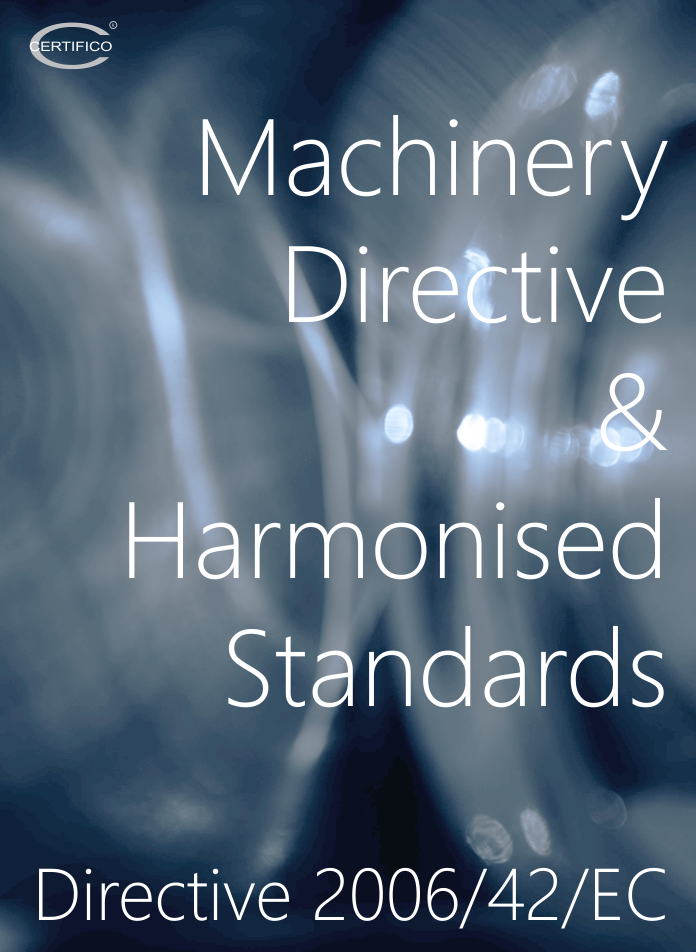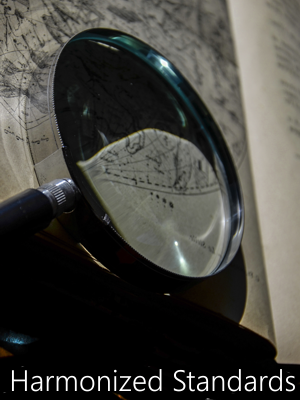Sicurezza del macchinario - Ripari - Requisiti generali per la progettazione e la costruzione di ripari fissi e mobili
La norma specifica i requisiti generali per la progettazione, costruzione e selezione di ripari forniti per proteggere le persone dai pericoli meccanici.
Direttiva 2006/42/CE Allegato I (RESS)
1.4. CARATTERISTICHE RICHIESTE PER I RIPARI ED I DISPOSITIVI DI PROTEZIONE
1.4.1. Requisiti generali
I ripari e i dispositivi di protezione:
- devono essere di costruzione robusta,
- devono essere fissati solidamente,
- non devono provocare pericoli supplementari,
- non devono essere facilmente elusi o resi inefficaci,
- devono essere situati ad una distanza sufficiente dalla zona pericolosa,
- non devono limitare più del necessario l'osservazione del ciclo di lavoro, e
- devono permettere gli interventi indispensabili per l'installazione e/o la sostituzione degli utensili e per i lavori di manutenzione, limitando però l'accesso soltanto al settore in cui deve essere effettuato il lavoro e, se possibile, senza smontare il riparo o senza disattivare il dispositivo di protezione.
Inoltre, se possibile, i ripari devono proteggere dalla caduta e dalla proiezione di materiali od oggetti e dalle emissioni provocate dalla macchina.
1.4.2. Requisiti particolari per i ripari
1.4.2.1. Ripari fissi
Il fissaggio dei ripari fissi deve essere ottenuto con sistemi che richiedono l'uso di utensili per la loro apertura o smontaggio.
I sistemi di fissaggio devono rimanere attaccati ai ripari o alla macchina quando i ripari sono rimossi.
Se possibile, i ripari non devono poter rimanere al loro posto in mancanza dei loro mezzi di fissaggio.
1.4.2.2. Ripari mobili interbloccati
I ripari mobili interbloccati devono:
- per quanto possibile restare uniti alla macchina quando siano aperti,
- essere progettati e costruiti in modo che la loro regolazione richieda un intervento volontario.
I ripari mobili interbloccati devono essere associati ad un dispositivo di interblocco che:
- impedisca l'avviamento di funzioni pericolose della macchina fin quando i ripari sono chiusi, e
- dia un comando di arresto non appena essi non sono più chiusi.
Se un operatore può raggiungere la zona pericolosa prima che sia cessato il rischio dovuto alle funzioni pericolose della macchina, i ripari mobili devono essere associati ad un dispositivo di bloccaggio del riparo, oltre che ad un dispositivo di interblocco che:
- impedisca l'avviamento delle funzioni pericolose della macchina fin quando il riparo non è chiuso e bloccato, e
- tenga il riparo chiuso e bloccato fin quando non è cessato il rischio di lesioni dovuto alle funzioni pericolose della macchina.
I ripari mobili interbloccati devono essere progettati in modo che la mancanza o il guasto di uno dei loro elementi impedisca l'avviamento o provochi l'arresto delle funzioni pericolose della macchina.
1.4.2.3. Ripari regolabili che limitano l'accesso
I ripari regolabili che limitano l'accesso alle parti degli elementi mobili indispensabili alla lavorazione devono:
- potersi regolare manualmente o automaticamente a seconda del tipo di lavorazione da eseguire, e
- potersi regolare facilmente senza l'uso di un attrezzo.
1.4.3. Requisiti particolari per i dispositivi di protezione
I dispositivi di protezione devono essere progettati e incorporati nel sistema di comando in modo tale che:
- la messa in moto degli elementi mobili non sia possibile fintantoché l'operatore può raggiungerli,
- le persone non possano accedere agli elementi mobili in movimento, e
- la mancanza o il guasto di uno dei loro elementi impedisca l'avviamento o provochi l'arresto degli elementi mobili.
La loro regolazione deve richiedere un intervento volontario.











